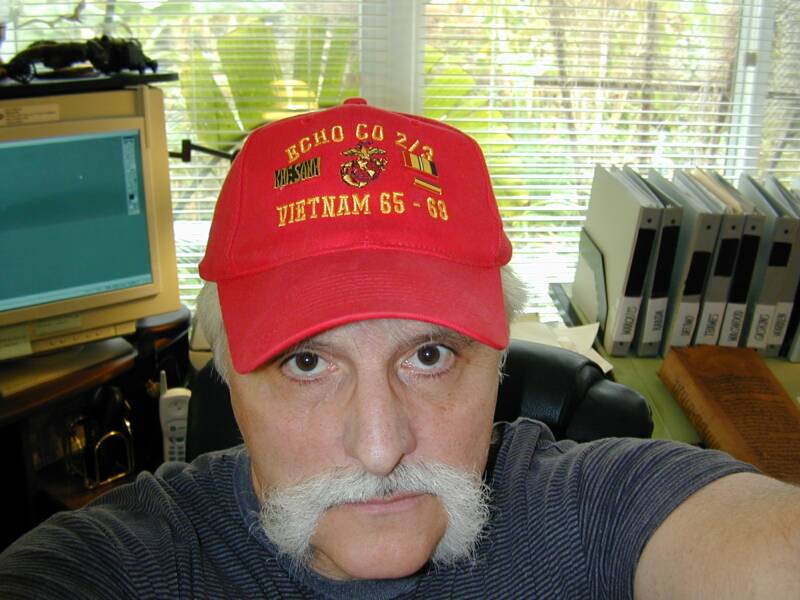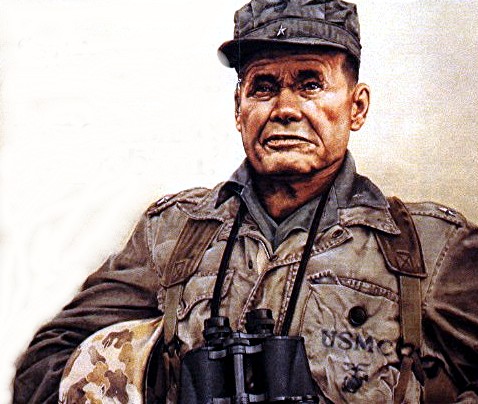HANNAH FRENCHICK/U.S. ARMY
LONDON — U.S. Army field artillery is preparing for future wars by returning to Cold War-era tactics supplemented by modern, mobile technology, a U.S. general says.
Though counterinsurgency has been at the center of the wars in Afghanistan and Iraq, the recent past might not be the best guide to new threats, participants at the Future Artillery conference in London, hosted by Defense iQ, said earlier this week.
Maj. Gen. Mark McDonald, commander of the Fires Center of Excellence at Ft. Sill, Okla., told Stars and Stripes on the margins of the conference that U.S. artillery has to regain the capability to fight in more traditional, force-on-force style conflicts.
His vision of artillery training re-emphasizes 20th-century-style tactics but with 21st-century equipment. Soldiers would focus less on training to fire guns manually, by doing calculations themselves, and would instead rely more on the digital tools.
“We’ve got most of the pieces in place to be able to train the digital system. What we have to do is get everybody really comfortable with it, train with it more often, so that’s their go-to system,” McDonald said.
McDonald’s concerns about artillery preparedness were echoed several years ago in a white paper subtitled “The Impending Crisis in Field Artillery’s Ability to Provide Fire Support to Maneuver Commanders.” The authors of white paper urged the Army to resume training on larger-conflict skills and to do so soon “before we lose so much expertise that we have to reconstitute the branch from the ground up.”
The authors noted that some artillery officers cited concerns of unpreparedness in commanding a battery of guns because they had spent so much time serving in nonartillery roles.
“They didn’t sign up for motorized infantry, transition team membership, ‘in lieu of’ transportation units, detainee camp guards or any other of a number of hole-filler duty descriptions,” the authors wrote. “They wanted to be artillery officers and ended up being anything but.”
Maj. Aaron Bright, another conference participant, is an example of that lack of experience.
Bright, who is a U.S. exchange officer at the Royal School of Artillery in the U.K., did three tours in Iraq, all of them in an infantry role. He said U.S. artillery should train for more-traditional conflicts because not every conflict will look like the recent ones.
Still, he thinks that recent wars have contributed to the artillery’s capabilities and that concerns about unpreparedness are overstated.
“During the 20th century artillery was the biggest killer on the battlefield by far,” he told Stripes. “Afghanistan and Iraq have been just one more stepping stone, one more addition to what we can do.”
McDonald concurred, telling Stripes that artillery had gained “considerable experience” at providing support to a wide area but that now “our emphasis is going to go back toward combined-arms maneuver.”
Though he said there is a ” training shortfall we have to overcome,” he characterized U.S. artillery as being “in reasonable shape.”He said the U.S. is working on introducing a digital, hand-held device for forward observers that would instantly transmit targeting information. This device is a couple of years away.
When the transition to digital is complete “it will provide a more effective use of our artillery,” McDonald said.


Soldiers of 1st Battalion, 377th Field Artillery Regiment,17th Fires Brigade, fire rounds from their M777 howitzer during a field training exercise at Yakima Training Center, Wash., in August 2011. Officials from various militaries around the world gathered in London this week to discuss the future of artillery.
 | ||||||
New focus on artillery training prepares
Army for future conflicts
U.S. Army artillerymen with 3rd Battalion, 319th Airborne Field Artillery Regiment, 1st Brigade Combat Team, 82nd Airborne Division, clear the new all-digital M119A3 105 mm lightweight howitzer at Fort Bragg, N.C., April 19, 2013.
MARY KATZENBERGER/U.S. ARMY
By Adam L. Mathis
Stars and Stripes
Published: March 27, 2014
Paul Marquis

 | ||||||
CHESTY SAYS:
WERE THE HELL IS 29 PALMS

 | ||||||